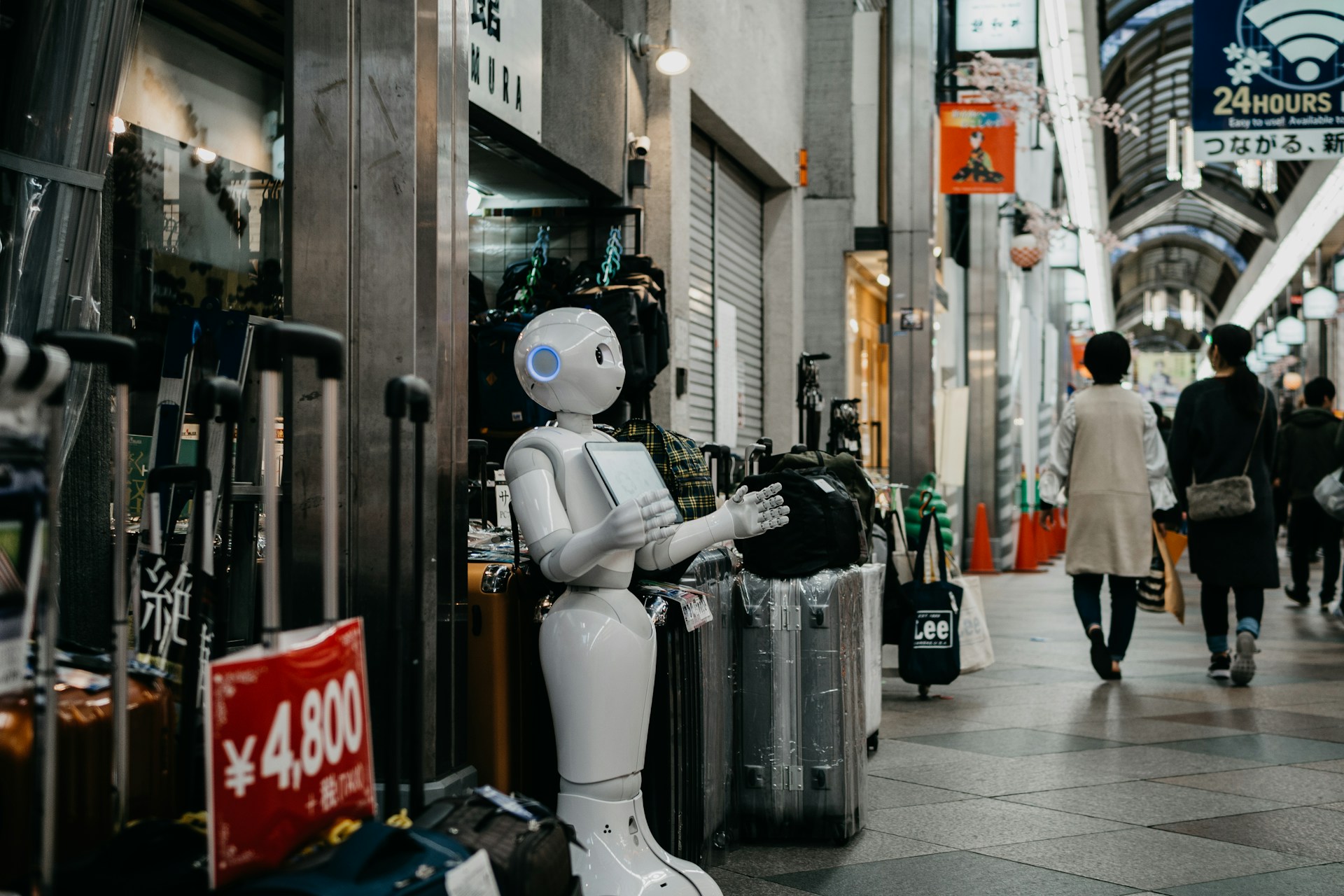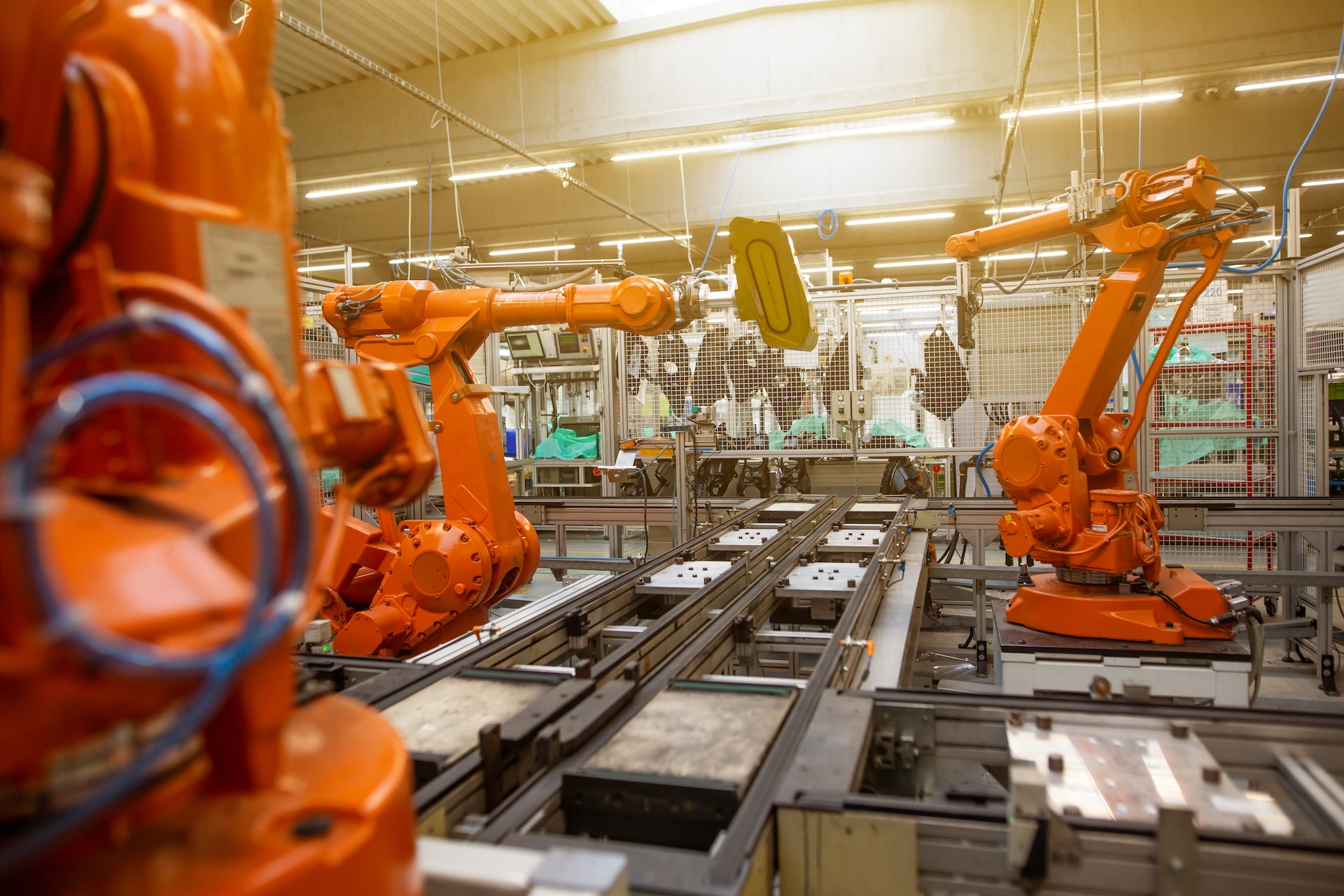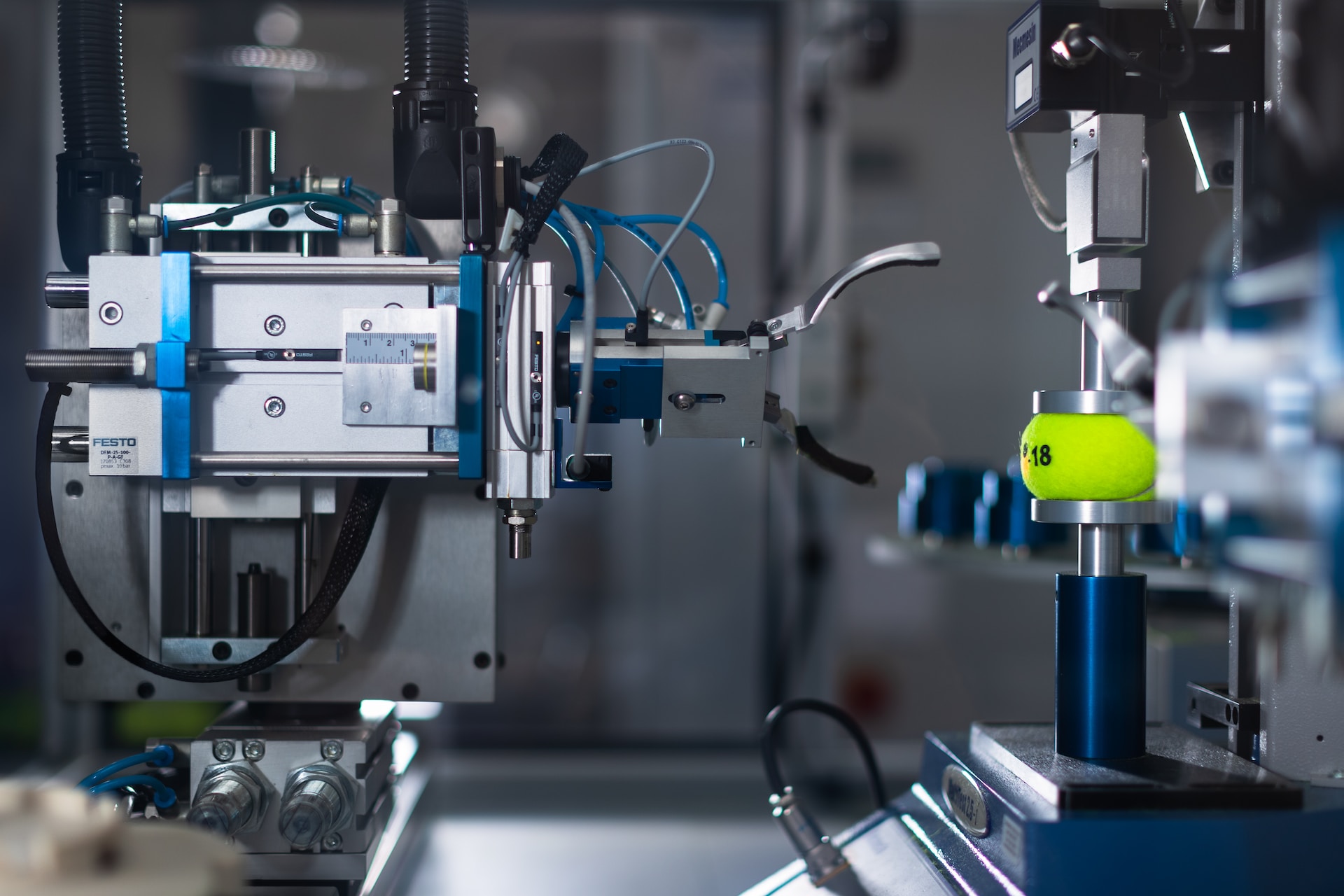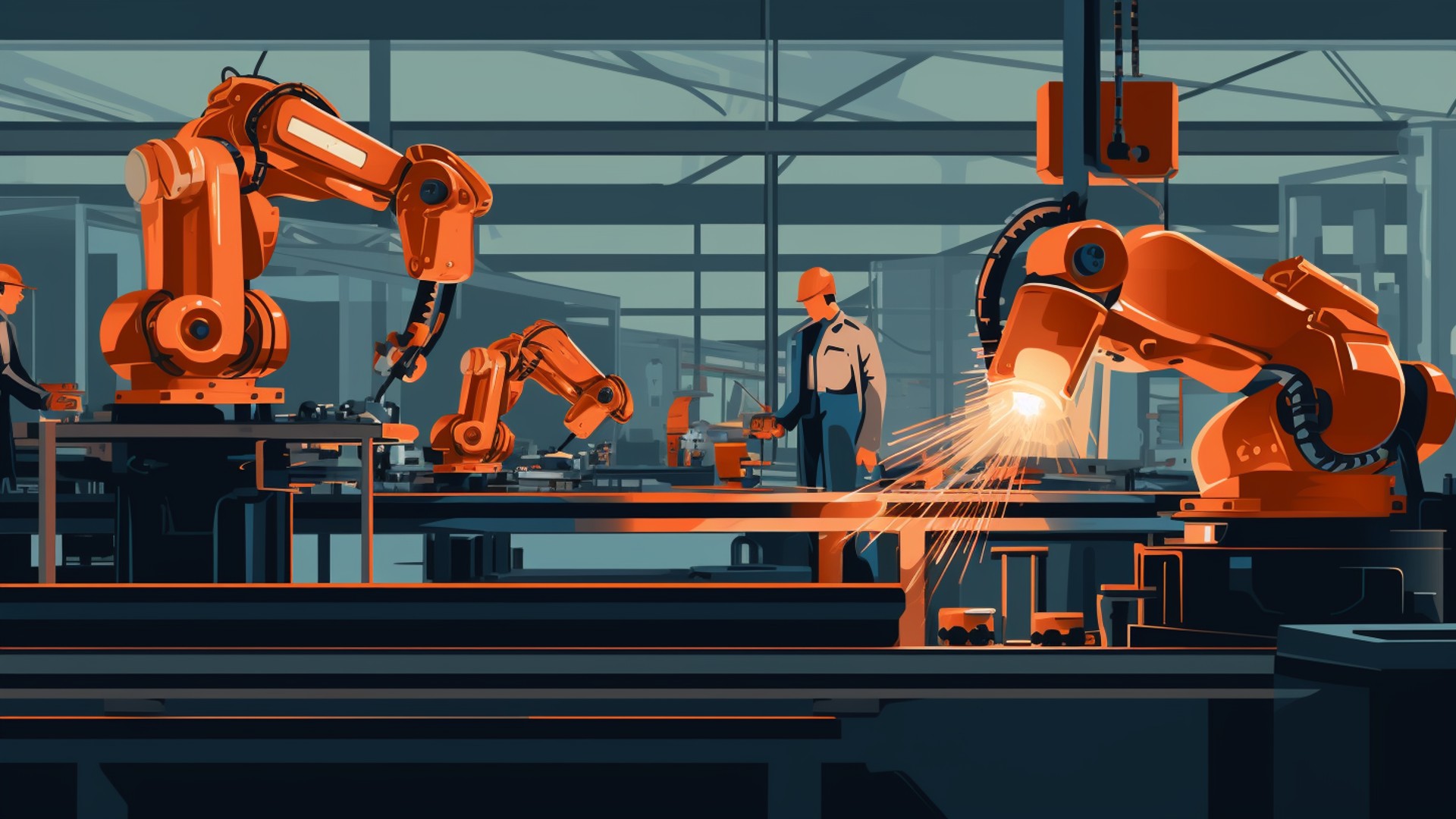
Can Service Robots Reach the Mainstream?
March 7, 2024 - Lou Farrell
Revolutionized is reader-supported. When you buy through links on our site, we may earn an affiliate commision. Learn more here.
Although service robots are becoming more popular, they’re not quite mainstream products worldwide. How are some companies, individuals and brands using these machines, and how likely is it that they’ll become much more widely adopted?
Service Robots Get Deployed in Hospitals
Anyone who’s had even a short hospital stay understands the huge number of people needed to deliver medication, bed linens, meals and other goods. What if service robots could relieve some of those burdens and free individuals up for more interesting tasks?
The leaders of some health care facilities are exploring that option. In Thailand’s Chulalongkorn Memorial Hospital, service robots assist in the outpatient department by handling patient registration and identity verification duties. They can also help people find their way around the facility. Eventually, the hospital will begin using more advanced service robots that can help with patient screenings, reducing waiting times before people see providers.
In another case, Diligent Robotics offers its flagship product, a service robot called Moxi. That machine tackles non-patient-facing responsibilities, such as distributing personal protective equipment or delivering lab samples. As of September 2023, the company had secured $25 million in additional funding, strongly suggesting investors are interested in its technology.
There’s also the partnership between Bear Robotics and Sodexo. The two companies will launch pilot projects in hospitals throughout the United States. Those efforts will focus on how indoor, self-driving robots could fill more service-centered roles.
Pilot projects are also important for showing decision-makers what’s possible. Many understandably hesitate to deploy service robots without firsthand experience using them. However, seeing their peers act as pioneers and early adopters should encourage them to follow suit. Some hospitals already have robots that disinfect surfaces or ease patients’ stress and loneliness. So, using others to fill different roles is not a stretch.
Telepresence Robots Help People Be in Two Places at Once
Many people feel pulled in multiple directions, causing them to wish they had more than one body. Telepresence robots are a high-tech approach to simulate that desire. Some of the most basic of these machines are tablets attached to wheeled bases. These robots roll down hallways, and the person controlling them is elsewhere but seen on the tablet screen.
However, some people are working on more advanced versions of telepresence robots. One project involved creating software called VRoxy that allows these machines to engage with their environments in more natural ways. More specifically, users can make their robots gesture to colleagues, point at objects or nod. Those involved with this project hope it will facilitate hands-on collaboration between remote and in-person workers, giving everyone more consistent experiences, regardless of room size.
There’s also an Australian pilot called Seen and Heard. It involves giving kids telepresence robots so they can attend school while staying at home. That option is especially beneficial for those unable to go to classes due to illness. Such circumstances can be incredibly isolating for children and their families. Fortunately, telepresence robots fill a much-needed gap by making remote socialization possible.
Service Robots Ease Employees’ Coffee Cravings
Most people can recall some occasions where they would have loved to grab cups of coffee to get through their workdays but were simply too busy to take even short breaks. The leaders of Naver — South Korea’s biggest internet company — have addressed such circumstances with service robots.
It uses about 100 wheeled robots called Rookies to deliver coffee, meals and parcels throughout a three-story building. These machines use cloud technology to see and recognize their environments. The robots’ manufacturer also uses digital twins of customers’ environments so the machines can determine the most efficient routes before people use them in real life. However, some people wonder how effective Naver’s robots will be in other settings.
The main reason is that Naver executives constructed the building with the machines in mind. That’s obviously not an option for all customers, and many won’t feel open to using service robots if the products require such extensive particulars to perform well.
Naver team members already have other ideas for marketing the robots, though. In one case, multiple robots will carry heavy servers throughout Asia’s largest data center. Similarly, self-driving shuttles move employees and visitors around the facility’s campus.
Adding Robots to the Golfing Experience
Could service robots soon become integral to spending a day on the golfing green? Perhaps, if a two-year trial of using service robots at golf courses within Southeast Asian countries goes well.
Participating locations will have the robots roaming around clubhouses, helping customers check in and out. Some machines will also assist players with checking their scores or purchasing merchandise.
Some golf course managers already use service robots to handle mowing needs. The courses at one United Kingdom location are the first to be fully managed that way. Each golf course reportedly needs from four to seven robotic mowers handling its maintenance. However, the robotic mowers offer fuel-free operation and significantly reduce the need for manual upkeep of the playing area.
Sending Robots to Meet Hotel Guests’ Needs
Front desk employees know how commonly hotel customers contact them to ask for toiletries, extra towels, newspapers and more. The Aloft chain recently got attention when one guest requested a toothbrush during her stay and was shocked to see a robot bring it. The machine arrives only minutes after guests get in touch, so it’s an efficient option.
In 2023, an Irish hotel became the country’s first to use a service robot. The machine assists in the property’s restaurant by bringing dishes to and from the kitchen. Many guests see the robot as a novelty, often pulling out their smartphones to take pictures of it.
People having positive experiences and favorable opinions of service robots is important for showing decision-makers that these high-tech machines can be lucrative investments if used appropriately.
An example from several years ago also showed the potential of using service robots for safety reasons. Some Japanese hotels relied on these machines when COVID-19 patients with few or no symptoms stayed on the properties to free up hospital beds.
Are Service Robots Becoming More Common?
These examples show people are getting more curious about how they could use service robots to get more things done. As leaders see increasingly successful efforts, they’ll feel more motivated to explore the possibilities, too.
We’re not yet at the point where people around the world have a high chance of seeing service robots wherever they go. However, due to the applications mentioned above, you can expect these machines to become more widely used in various industries. That’s especially likely as many industry leaders simultaneously grapple with labor shortages and increasing demands.
Revolutionized is reader-supported. When you buy through links on our site, we may earn an affiliate commision. Learn more here.




